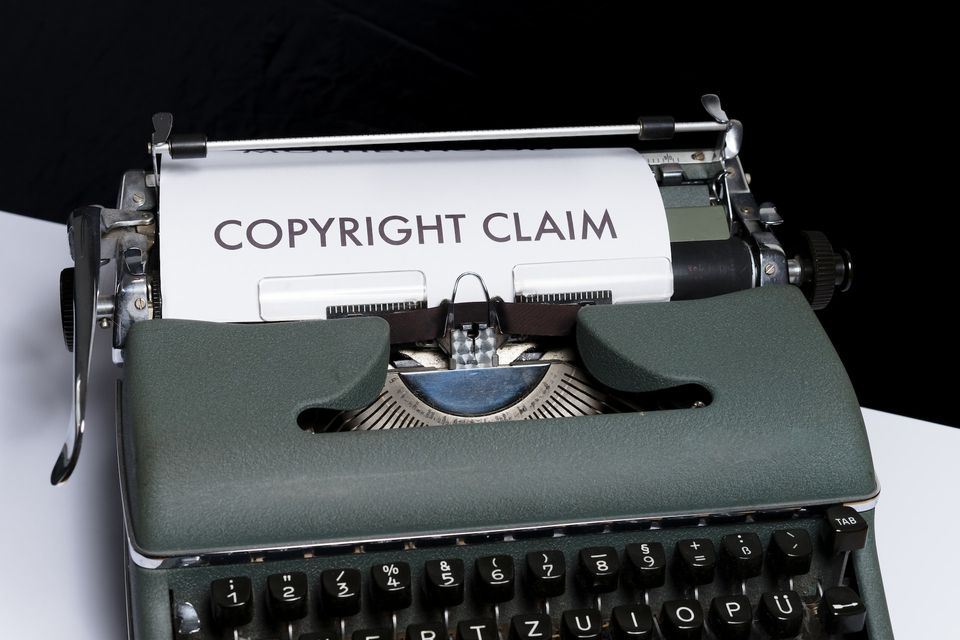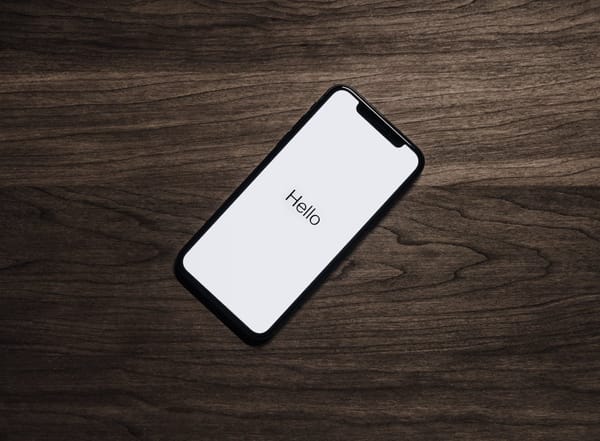A Designer's Guide To Trademarks, Copyrights & IP Laws
Table of Content
Whether you're an established designer or just getting started on your creative journey, it's crucial to comprehend the legal principles that can protect your creations. An excellent way to do this is by understanding trademarks, copyrights and Intellectual Property (IP) laws in your country.
But fear not! This guide provides designers with a roadmap to understanding and wielding these legal principles to safeguard their creativity.
Understand Trademarks
Understanding trademarks and the importance of trademark symbols is a key step in protecting your creative work as a designer.
A trademark is a unique symbol, phrase, or design representing and differentiating a product or brand. Often, trademark owners employ the TM symbol (normally presented in superscript form: TM) to notify potential violators that they claim rights in relation to identifiers associated with the mark.
It's essential to dodge infringement on existing trademarks when creating your designs. If you unintentionally violate this rule, it may lead to significant legal consequences.
So, it is vital to conduct a thorough trademark search within your industry and always create original symbols, logos, or identifiers for any brand you work with.
Know What Copyrights Are
Getting a grip on the concept of copyrights is another vital step in safeguarding your assets as a designer.
Copyright laws are there to protect your work against unauthorized reproduction or usage. The minute you create an original piece, digitally or physically, it’s automatically copyrighted by law. This means no one else can use it without your express permission.
However, registering with your local copyright office gives you the ability to sue infringers if needed.
Know Where Fair Use May Apply
While it is important to understand trademarks and copyrights, it is equally important to educate yourself about the fair use principle.
Fair use refers to scenarios where someone can legally use a copyrighted work without permission, such as for educational purposes or news reporting. Understanding and identifying what falls under fair use can help you avoid unnecessary legal conflicts and maximize your work's reach within the terms of copyright law.
Familiarize Yourself with Local IP laws
It's also important for designers to familiarize themselves with their country's Intellectual Property (IP) laws.
These laws are designed to safeguard inventions, designs, and artistic works. They cover patents (for inventions), trademarks (for brand identities), and copyrights (for creative work).
Given that these vary from one country to another, designers should make it a priority to research and understand IP laws specific to their locale. Ideally, consider engaging an IP expert to help you strengthen the protection of your creative work against unauthorized use or replication.
Understand all Legal Penalties Related to Copyright Violations
Finally, it is critical for designers to comprehend the legal ramifications tied to trademark and copyright violations.
Penalties for violating trademarks or copyrights could include cease and desist orders, hefty fines, or even jail time in extreme cases. Therefore, always obtain documented permission when using copyrighted material, even if a client asserts it's not needed.
Doing that will help prevent inadvertent copyright infringements and keep you on the right side of copyright law. Better still, it will show respect for other creatives’ rights while asserting your own.
Wrapping Up
As you navigate the world of design, a solid understanding of trademarks, copyrights, and IP laws should be among your essential tools. Mastering these facets not only highlights respect for other creatives' works but fortifies the path to your own success.
With this newfound understanding, go out there and create unique designs responsibly – knowing well that they are protected by law!












